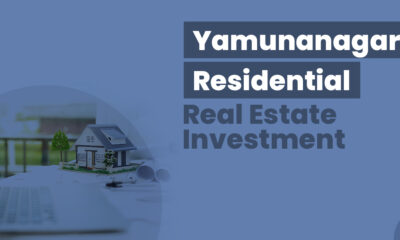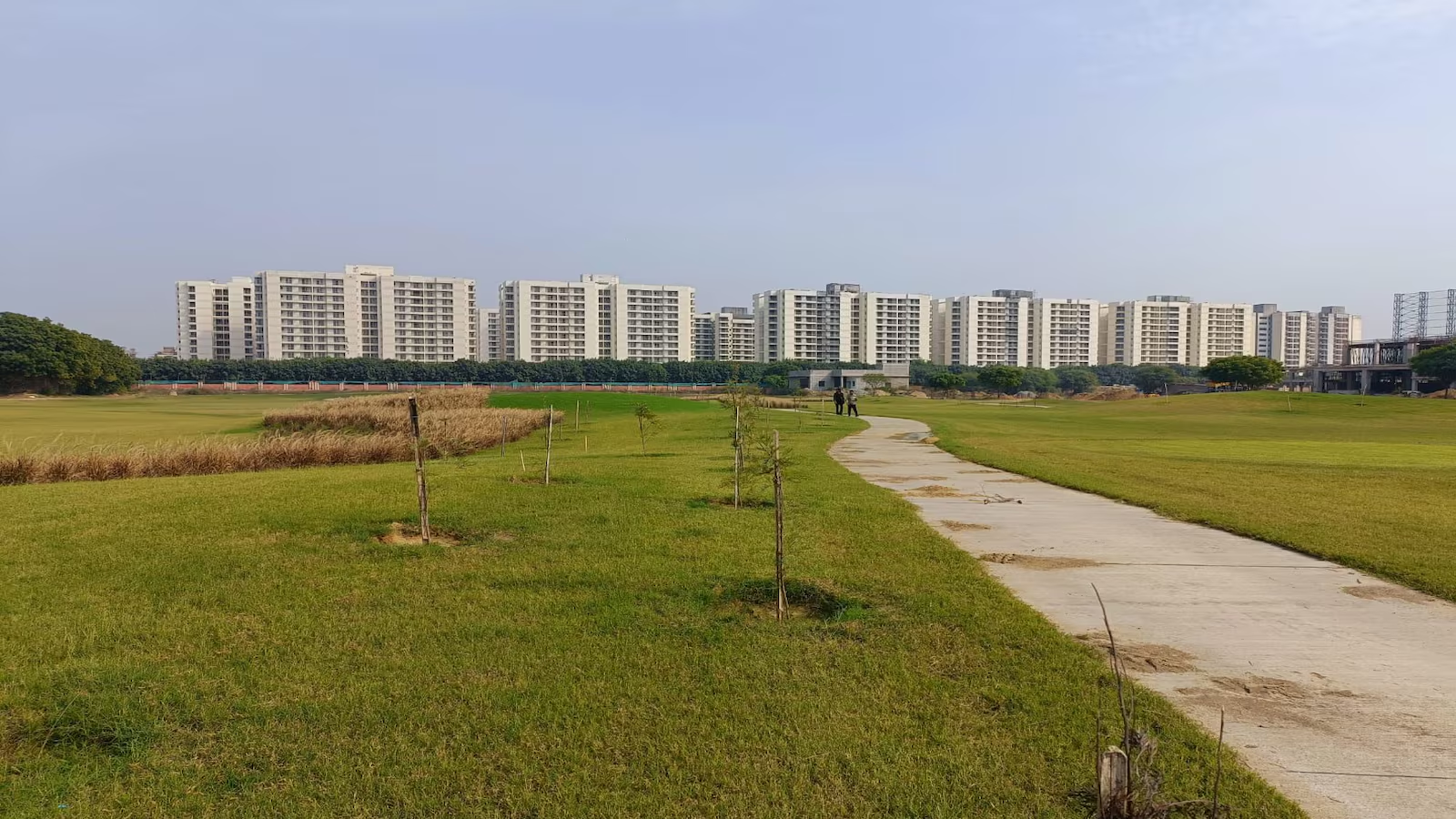Developers Speak
Commercial RE Market – trends & future




By: Bharat Kumar, Director, Spaze Group
The real estate sector in India is expected to reach a market size of US$ 1 trillion by 2030 and contribute nearly 13% of the country’s GDP by 2025. Rising from the market size of Rs 12,000 crore in 2019 and the impact of the pandemic, this is a significant rise. Investment in the commercial segment likewise has also witnessed a record increase.
All the sub-categories of commercial real estate segments, such as retail, hospitality, leisure and office real estate, are growing significantly. Malls, warehouses, and other leasing facilities are also moving ahead at a steady pace. Furthermore, global firms are showing interest in Indian commercial real estate for expanding their operations due to reduced vacancy, prime locations, exceptional amenities, and fair leasing prices.
Rising from 2.7 million square feet to 6.3 million square feet, real estate in Delhi-NCR witnessed a whopping 133% growth in 2022, as per the Colliers report. The supply of new office spaces jumped by 56% from 5.1 million square feet to 7.9 million square feet. Bangalore, Chennai, and Delhi-NCR dominated this growth. According to JLL, the market for Grade A offices is likely to touch 1.2 billion square feet by 2030. The scenario is dominated by large businesses such as IT, business process management, e-commerce, and consulting. Edtech and Startups are also adding to the increase in the office absorption ratio.
Aiding the growth of commercial real estate properties is that the lease agreements are long-term, and every three years, there is a 15% escalation in property rental, making it highly lucrative for developers. This has fuelled the development of several other office space projects, which are under construction and will be operational soon. As per the latest research, 71.6 acres of land are under SCO development in Gurugram. The market is expanding in the range of 30-40% yearly.
However, commercial real estate is booming not just in metro cities but in tier 2 & 3 cities as well. An estimated 40% of the startups are based in smaller towns, and they have been instrumental in transforming commercial spaces in smaller towns.
Much of it has to do with the emergence of India as a global economic power. The burgeoning high-income group seeking investment opportunities, the pandemic-induced slowdown and the rising aspirations all merged once normalcy returned. With prices on the lower side coupled with low-interest rates, they provided a much-needed boost to the sector needed.
-



 News3 weeks ago
News3 weeks agoKW Delhi 6 Mall Onboards New Brands
-



 News4 weeks ago
News4 weeks agoManasum Senior Living Launches IKIGAI GOA, A Senior Living Community in North Goa, in collaboration with Prescon Homes
-



 News3 weeks ago
News3 weeks agoCommercial Realty Gets Tech Savvy: Fast Construction, Enhanced Convenience
-



 News3 weeks ago
News3 weeks agoGodrej Properties Sells Rs 3k cr+ Homes of Godrej Zenith, Gurugram, within 3 days
-



 News4 weeks ago
News4 weeks agoBridging India Divide: Top 5 Tier- 2 Cities to Focus On
-



 News4 weeks ago
News4 weeks agoMultipoint Connection – A Definite Boon
-



 News3 weeks ago
News3 weeks agoRBI’s Status Quo on Key Policy Rates to Help Maintain the Real Estate Growth Momentum, Say Industry Stalwarts
-



 News1 week ago
News1 week agoOlive Announces Dhruv Kalro as Co-Founder

















